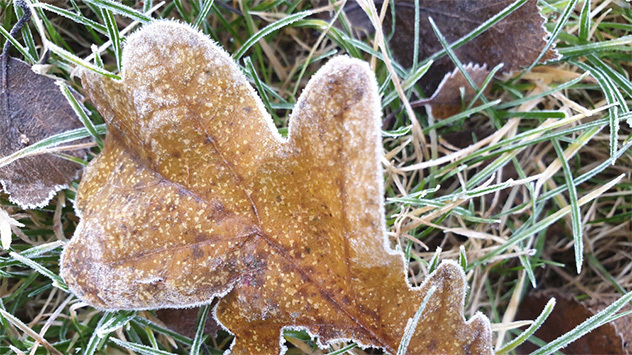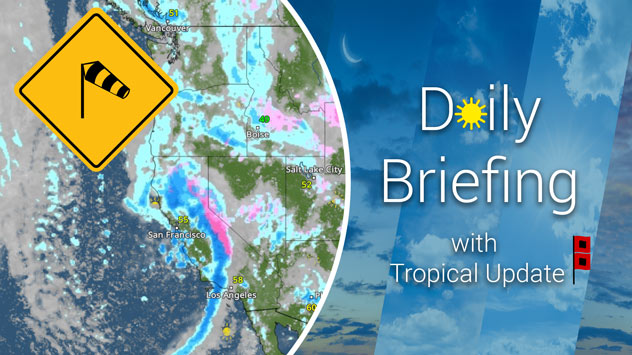Part one: January - June2023 weather year-in-review

January
Recommended external content from YouTube
We need your consent to show content from YouTube. You can withdraw your consent at any time.
Settings for external content
Privacy policy




